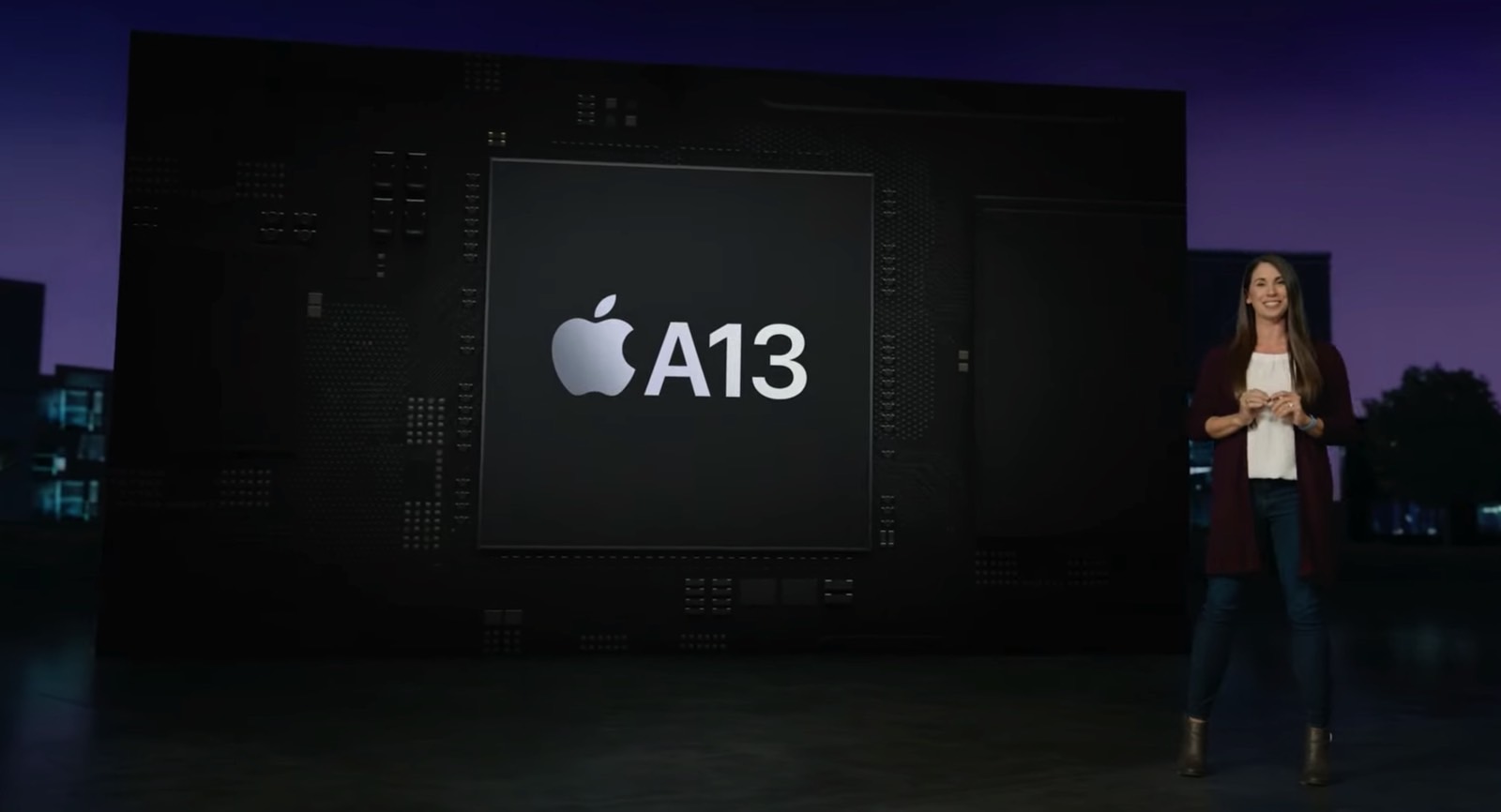Apple Studio Display reviews last week highlighted a problem with the camera that Apple promised to fix via a software update. It’s in this context that we found out the new standalone display runs the same iOS 15.4 operating system that just started rolling out for iPhone. With that in mind, the recent discovery that the Apple Studio Display features 64GB of storage shouldn’t be surprising.
The A13 Bionic chip
The Apple Studio Display runs on the A13 Bionic chip that debuted with the iPhone 11 series. Apple used the same silicon inside the iPhone SE 2 (2020) and iPad 9 (2021).
The A13 represents the oldest System-on-Chip (SoC) that’s still officially in use at Apple. Most iPhone and iPad models in Apple’s lineup rely on newer chips. The A14 Bionic powers the iPhone 12 series. The iPhone 13, iPhone SE 2, and iPad mini 6 use the A15 Bionic. Finally, the iPad Pro and iPad Air 5 rock the M1 SoC.
Apple still uses older A-series chips for specific products. But they’re devices that aren’t selling as well as the iPhone and iPad. Products that don’t necessarily require as much power. The Apple TV HD has an A8 chip, for example, while the 4K model packs the A12 Bionic SoC. Then there’s the iPod touch, which uses the A10 Fusion.
With all of that in mind, the discovery that Apple Studio Display features 64GB of storage should not be surprising. Even if the display only uses 2GB of that space for iOS 15.4.
Apple made a big deal about the Apple Studio Display’s specs during the March event, insisting that A13 brings a lot to the table. Apple focused on the camera and the sound, insisting that the A13 Bionic makes those features possible. Any SoC powering intelligent features on a device like Apple’s new Studio Display also needs storage where the OS will reside.

Apple Studio Display storage specs
It might seem overkill for Apple to use that much storage on the Apple Studio Display. But the specs bump makes sense when you consider Apple’s current use of SoCs and storage.
Again, the iPhones and iPads that Apple currently sells run on A13 Bionic or better. And all of them have at least 64GB of storage onboard. Even the entry-level iPhone SE 3, iPad mini 6, and iPad Air 5 have 64GB. You will only find 32GB storage tiers on the Apple TV models and iPod touch. But these devices also use much older chips.
With that in mind, it’s a lot easier for Apple to just throw 64GB in the Apple Studio Display. It might be cheaper than sourcing 32GB flash chips. That’s because Apple uses 64GB storage on most of its best-selling devices.
Moreover, the storage specs upgrade pays for itself. The Apple Studio Display starts at $1,599, so you’re paying a lot more for it than any other Apple device featuring the A13/64GB combo.
You might think that the Apple Studio Display with A13 Bionic and 64GB of storage could be a great Apple TV replacement. But you won’t be able to use that storage for anything other than the operating system. At least for the time being. It’s there to serve the A13 SoC, which, in turn, has very specific tasks for the Apple Studio Display.
More Mac coverage: For more Mac news, visit our MacBook Pro guide.








